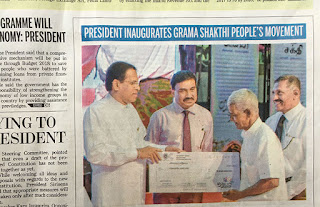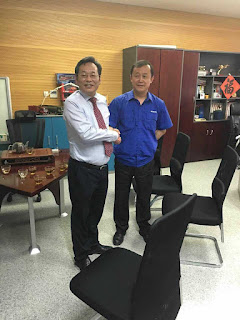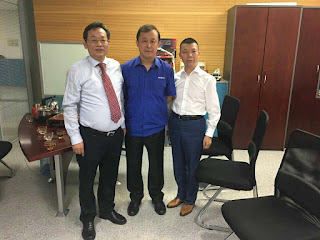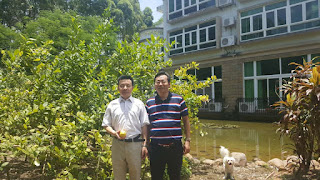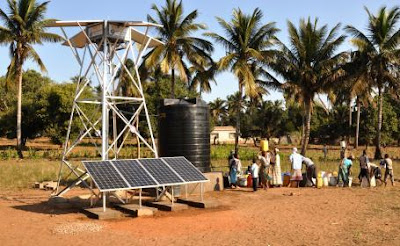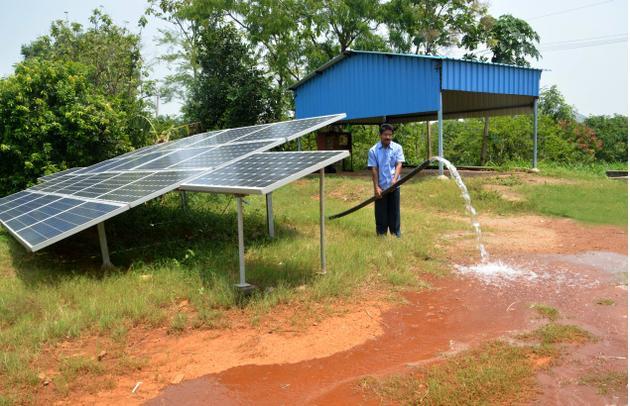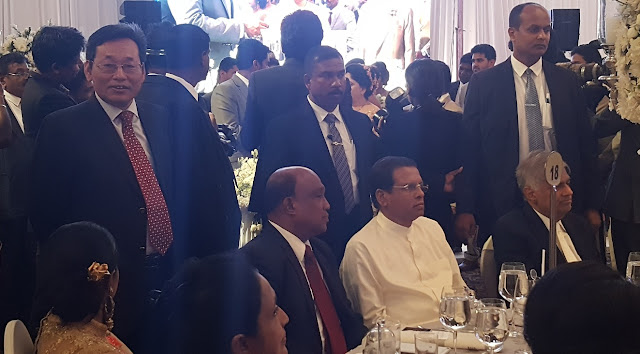
New Delhi: The energy storage market for off-grid renewable energy in India will be worth Rs16,500 crore by 2022, Delhi-based Council on Energy, Environment and Water (CEEW) said.
In an analysis released on Friday, the climate think-tank said rooftop solar alone will make up 80% of this, touching Rs13,000 crore. It stated that the battery market in India for renewable applications has been growing steadily with increasing renewable penetration across different segments.
“The Ministry of New and Renewable Energy’s target to install 10,000 micro-grid/500 MW of micro and mini-grids will offer an additional opportunity to the tune of Rs3,300 crore for battery manufacturers. Batteries are a critical component of micro/mini-grid systems, since 100% backup is often required to supply electricity to rural households during evening hours,” said the analysis.
The analysis also highlighted key challenges for battery manufacturers like high-technology costs and uncertainty around performance in Indian climatic conditions.
“While the need for managing intermittency of renewable energy is often highlighted, flexibility in our generation resources is desirable. This can come from various sources and energy storage technologies are just one among them. Though a number of projects for grid-connected storage are being called for, the markets that are served poorly by the existing grid—mobile towers in remote locations, petrol pumps, ATMs are easy pickings for storage systems to cater,” said Arunabha Ghosh, CEO, CEEW.
It emphasised that advanced battery technologies could support rapid deployment of rooftop solar installations in the commercial and industrial segment.
“Currently, the higher cost of energy storage solutions limits rooftop solar system installation to cater to base load. Solar PV systems with energy storage could be a potential replacement to existing diesel generators and it would also save about Rs4-5 per unit of electricity, compared to diesel, for industrial and commercial consumers,” the analysis added.
In June 2015, Prime Minister Narendra Modi led National Democratic Alliance government increased its solar power target from 20,000 MW to 1,00,000 MW by 2022. The total renewable power target set by government by 2022 is 175,000 MW.
Of the 100,000 MW solar power, 40 GW is targeted from rooftop solar alone. But progress has been very slow. As per a recent report, India’s total installed rooftop solar capacity is estimated at only 1,247 MW (till 31 December 2016) which is about 3% of the targeted 40 GW by 2022.
Storage is one of the problem areas in developing the renewable market.
The report further said that, “Though the solar segment offers a huge market opportunity for advanced battery technologies, manufacturers (and researchers alike) have some ground to cover in addressing technical limitations of batteries such as charging characteristics of a battery, thermal performance and requirement of boost current to charge deep cycle batteries”.
“Also, since solar companies directly procure batteries from manufacturers and require after sale services and technical support, battery companies should have wider presence to address these expectations,” it added.








